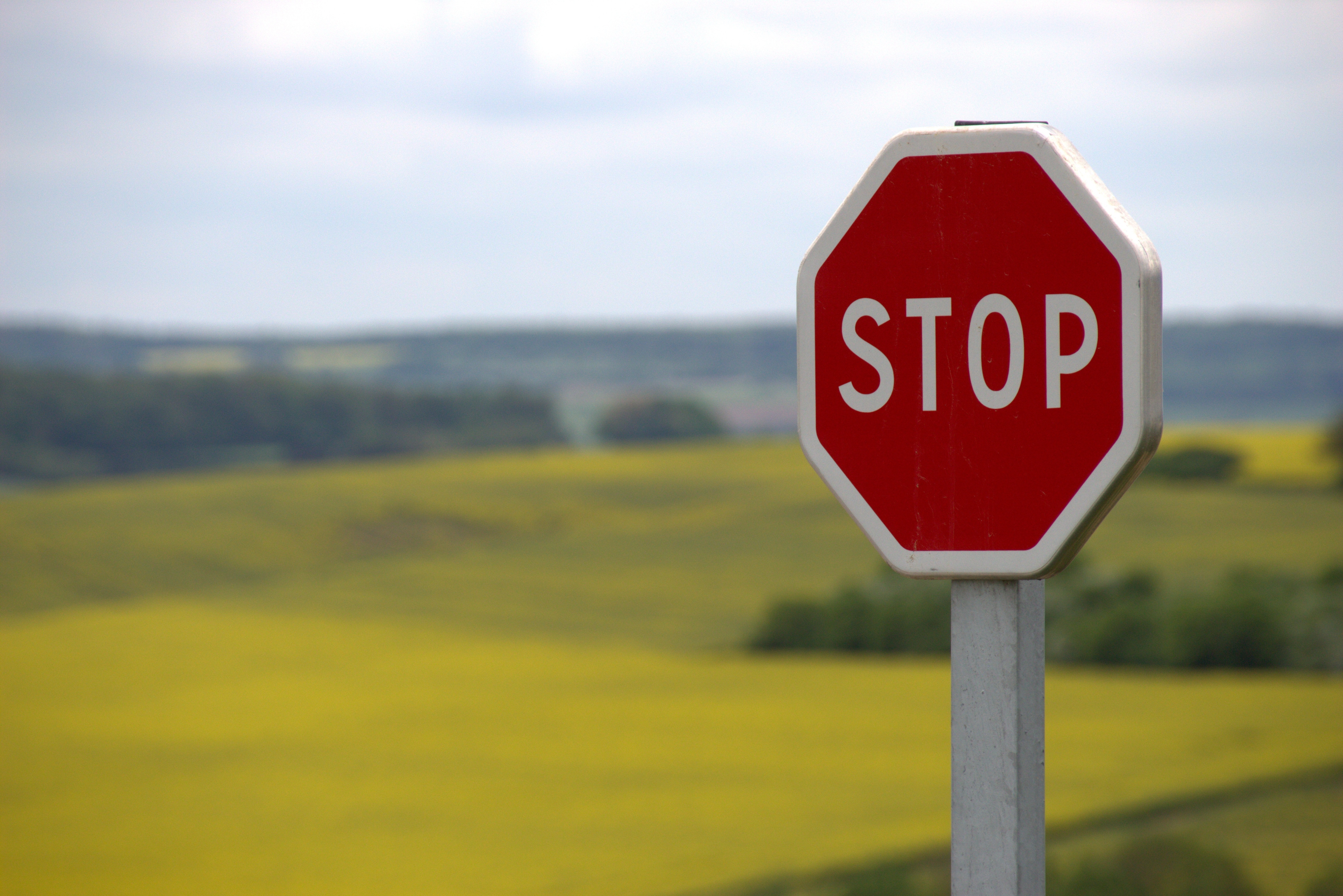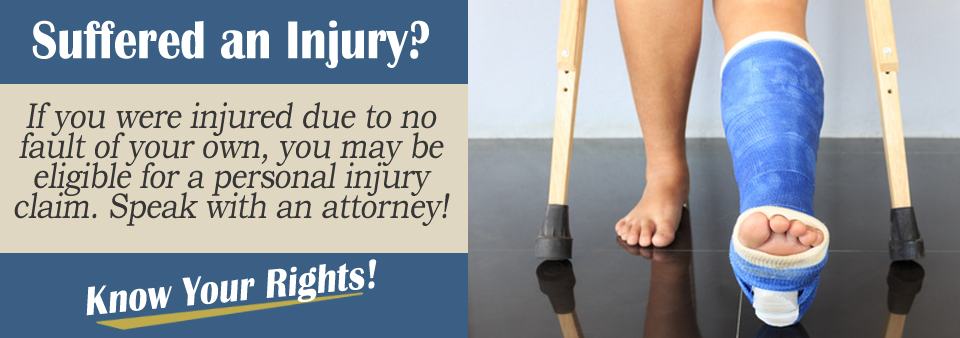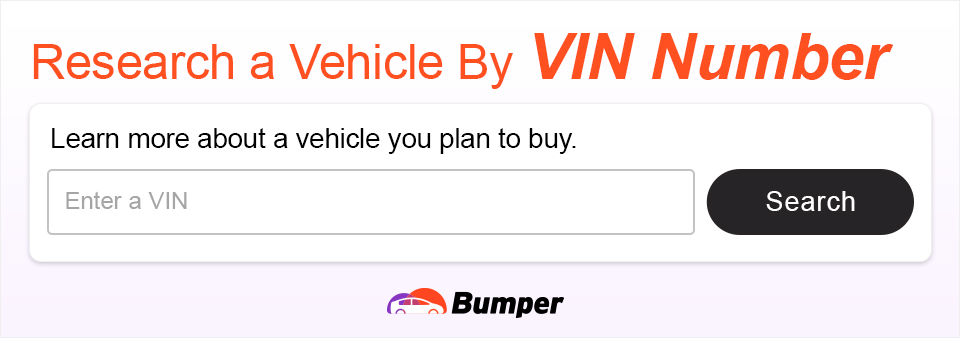In most cases, the driver who pulled out in front of you is responsible for the accident and is at fault. However, there are circumstances when both parties should assume partial responsibility for causing a car accident.
For example, another driver pulled out in front of you at a point along a road or highway where one or more objects obscured the other driver’s view.
Another scenario that might split the legal fault for an accident occurs when you exceed the posted speed limit, which gives the other driver less time than expected to maneuver the vehicle out of harm’s way.
Working with a personal injury attorney who specializes in handling car accident cases should help determine which party should assume most, if not all of the blame for causing a motor vehicle collision.
Your lawyer may help you gather physical evidence, such as footage from a traffic camera, as well as photos of the accident scene that depict the direction of tire tracks.
Obtaining witness accounts is an important part of the evidence collection process because witness statements can support your version of events.
Other types of evidence include photographs of property damage and any injuries you sustained as a result of another driver suddenly pulling out in front of you.
Who's At Fault in a Contributory Negligence State
If you were involved in an accident where someone pulled out in front of you and hit you and the accident was in a state where contributory negligence is involved, if you were found to be at least partly to blame for the accident, you won’t receive compensation.
In some states, the ruling used is called contributory negligence. This basically bars a plaintiff from receiving any compensation at all if he or she has been determined to be partially at fault.
In some states, like Virginia, even a 1% fault determination may bar the plaintiff from receiving compensation.
Contributory negligence is seen by many as an unnecessarily harsh rule and most states have moved to some form of comparative negligence ruling, which is based on state statutes.
Who's At Fault in a Comparative Negligence State
If you were involved in an accident where someone pulled out in front of you and hit you and the accident happened in a state that uses comparative negligence, then the amount of fault determined by both plaintiff and defendant are compared with each other.
Of course, it may be that the plaintiff was not at fault at all, in which case the determination is easy.
However, in accidents such as one that follows a car driver suddenly pulling out, there is often a situation in which both parties are at least partially to blame.
Basically, the amount of compensation is divided up in proportion to the percentage fault determined by each driver.
For example, if the plaintiff was 30% responsible and the defendant was 70% responsible, then the plaintiff should be able to obtain 70% of the value of the compensation (100% - 30%).
There are differences between states due to the type of comparative negligence they use.
For example in a pure comparative negligence state, like Mississippi, a plaintiff can obtain a share of compensation even if they were more than 50% at fault.
In other states, a modified comparative negligence system is used. If the plaintiff is judged to be more than 50% at fault, then he or she cannot obtain any compensation at all.
Steps to Take If Someone Pulls Out in Front of You and You Hit Them
#1: Get an Accident Report
You will need to call the police and have an accident report completed. The police will conduct a preliminary investigation and indicate preliminary fault.
This report will be needed for the personal injury claim and to file an insurance claim.
Usually, T-bone accidents are serious, so if an ambulance is needed, call for one.
Otherwise, get medical care right away. Sometimes injuries are worse than they seem.
To establish care, get checked as soon as possible.
Sometimes injuries are worse a few days later, but this way, you have been checked already.
The investigative officer who replies to a call for help at the scene of a car accident will produce a police report. The incident report is a compilation of traffic accident detail, including both accident-related evidence and the investigating officer's perspective.
The investigating officer will likely hand you a slip with the identification number for the police statement before leaving the scene of the accident.
#2: Maintain Documentation to Determine Who's At Fault
You will need to maintain documentation and evidence to support your claim. This means keeping copies of medical records, medical bills, proof of lost wages, photos of the damages to your vehicle, written estimates for repairing your vehicle, and anything else that might show both your economic and non-economic losses.
These documents basically make your case and show its value. You will need to contact the other party’s insurance regarding your claim.
Eventually, you will want to write a car accident demand letter that summarizes what happened, details the severity of your injuries, itemizes your damages, and lists all the enclosed pieces of evidence supporting your claim.
Witness statements can be beneficial your PI claim. Firstly, it provides a recorded account of significant details.
Second, it stops the eyewitness from eventually altering their story. A written witness statement will also provide you with information you can use and consult with your PI attorney and to assess how the crash happened and what the damage are.
Take images from all angles of the crash — close-ups as well as shots from farther out. You never know which angles best illustrates the scene of the accident, so it's always wise to take pictures from as many angles as possible.
Know that a photo is really worth a thousand words in auto crash cases. If the other driver said they could not see the crash site, but the pictures indicate that for several hundred feet they had a clear vision of the accident location, the other driver is likely to lose and the insurer and the jury may conclude that they actually did not pay attention.
#3: Maintain Proper Care
Maintain medical care, so you can recover from your injuries. Your medical expenses might be mounting, but insurance should cover those costs.
You want to get back on track and to return to work as soon as possible.
Some common damages that result from a crash like this include medical expenses, property damages, lost wages, pain and suffering, loss of consortium, loss of enjoyment of life, long-term disabilities, future medical costs, future lost wages, and permanent scarring and disfigurement.
#4: File a Claim Against the Other Driver
If you have been involved in an accident with a vehicle that suddenly pulled out in front of you and you think that the other driver was at fault, e.g. they gave no warning signal or their lights didn’t work or some other reason, you may be considering filing a claim against their insurer.
Generally, it would be expected that you keep a safe distance behind any other vehicle just in case something like this happens, it may be that the other driver and his/her insurer alleges that you were at least partly at fault. It is best not to admit fault straight away and discuss a possible claim with an attorney.
Important documentation to include with a claim includes
- evidence of the damage done to your car including estimates for repair or replacement and towing charges if necessary;
- evidence of injuries sustained, e.g. doctor’s report, hospital or medical center tests, scans, diagnoses, records, etc.
- cost of medical treatment, including future estimated costs, if any;
- loss of earnings while not able to return to work;
- compensation for pain and suffering;
- any other non economic damages, e.g. punitive damages.
Talk to a Personal Injury Attorney
If a car pulled out in front of you and you hit it, you should consult with a personal injury attorney.
Complete the Free Case Evaluation Form on this page and a lawyer will review your case and determine which damages you suffered.
An accident injury attorney will determine a fair value for your claim. Working on a contingency basis, your attorney will not be paid until you are compensated for your losses.
If you are wondering, do you have to pay for a lawyer upfront, the answer is no. Personal injury attorneys are paid on contingency fees.
A strict statute of limitations does apply to pursuing an accident injury claim, so consult with a lawyer today and get your claim underway.


